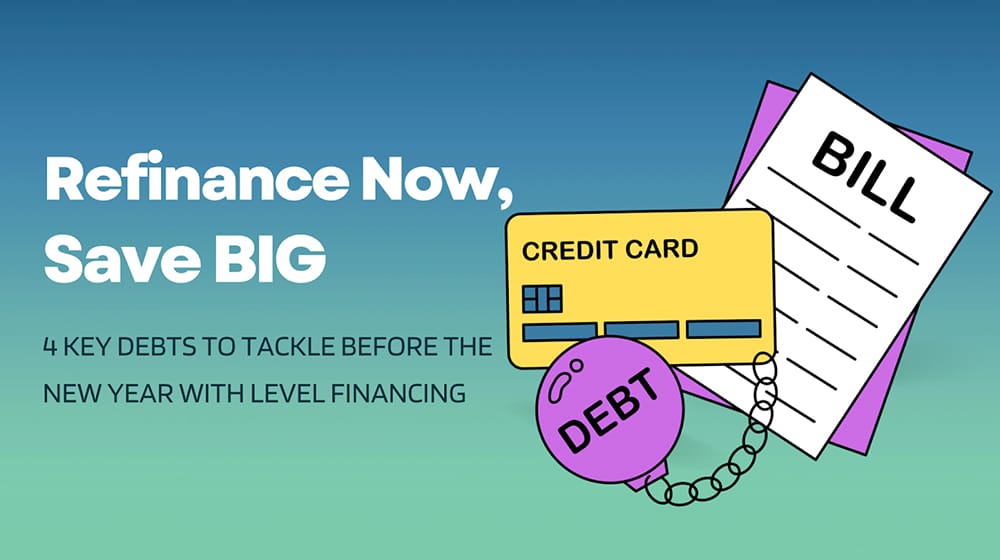Like a cryptic map, the world of investing is full of promise and potential riches. Yet, it can also be filled with complex jargon and concepts that might seem intimidating at first glance—to beginners especially.
Just like any code can be cracked or any language deciphered, these investment principles can be mastered too!
In this article, we’ll navigate through eight key investment concepts every beginner should know!
What is Investing?
Investing is all about setting some money aside today so that it can grow and multiply over time. it’s like planting money seeds into fertile soil (assets) with hopes they’ll grow into money trees over time. The goal? To achieve a larger pile of wealth tomorrow than what you’ve started with today.
Investing has a profound purpose. It provides an opportunity to maintain or enhance our lifestyle without having to work forever! Think of your cash as little soldiers you send out into battle—they fight for you round the clock and come back victorious, bearing more financial bounty.
Key Takeaway: Investing is a way to generate wealth through the purchase of assets that can appreciate in value over time.
Read More: Tips on Investing for Beginners

#1 Understanding Risk and Reward
The next stop on our journey: risk & reward—the yin & yang of investing. You see when venturing into investments, there’s always an element of uncertainty (aka ‘risk’)—the possibility that things might not go exactly as hoped—you could lose some or all your invested money.
But then again, high gamble can lead to high gain—that’s where ‘reward’ sashays in.
For example, if you’ve parked your funds in a fledgling tech startup—a potential game-changer—it could become the next Apple or Google (a whopping return!) or end up being a dud (a total risk).
Key Takeaway: Investing involves taking risks that come with the potential of reward—but you should never invest money you can’t afford to lose.
#2 The Importance of Diversification
Ever heard that age-old saying, “Don’t put all your eggs in one basket”? This pearl of wisdom shines brightly in investing too!
Diversification is nothing but spreading your money across different types of investments—stocks, bonds, real estate—you name it!
Why diversify? Well, here’s why:
- Risk Reduction: If one sector tanks (say tech stocks have a bad day), others might still flourish (perhaps real estate is doing cartwheels!)
- Maximizing Returns: Different assets perform well at different times—having varied investments increases the chances of catching those waves.
According to Forbes, diverse portfolios can yield higher returns and pose lower risks—a win-win situation indeed.
Key Takeaway: Diversifying your investments helps reduce risk and maximize returns. It’s a wise way to spread the financial net wide and take advantage of varied opportunities in the market.

#3 Compound Interest and Its Power
Next up—we meet compound interest – possibly magic in disguise! To break it down—it’s earning interest not only on your original amount but also on the previously accumulated interest.
Simply put, compound interest is like a snowball rolling down a hill—it starts off small, but as it rolls further and further, it gathers more snow and grows bigger. Only in our case, instead of snow, we’re collecting extra cash!
Here’s how it works: let’s say you invest $100 at an annual interest rate of 5%. At the end of one year, you’ll have $105 with simple interest. But here comes the magic part—with compound interest, next year’s interest gets calculated at $105—not just your original $100.
The following year, it’s computed on an even larger amount—and so forth. Over time, this difference compounds (hence the name!), leading to astonishing growth.
Consider two friends—Alex and Ben. Both start working at age 25 but:
- Alex saves $200 each month till age 35, then stops.
- Ben begins saving $200 monthly from age 35 until retirement at 65. In both cases, assume an investment return rate of about 7%.
Guess who ends up with more money by retirement? It’s Alex! Even though he invested for only ten years compared to Ben’s thirty—Alex lets compound interest do its magic over time!
Now that paints quite a picture, doesn’t it?
Think about compound interest as watching a tiny sapling grow into a towering tree over time—that’s compounding in action for you! Now just replace that sapling with your initial investment—a few green bills saved from your paycheck—and watch them grow into something magnificent.
Several financial experts vouch for this powerful phenomenon too. According to Investopedia, even small sums saved regularly can amass considerable wealth over time thanks to this potent force.
So whether you’re stashing away pennies in piggy banks or dollars in savings accounts, here are things you should always remember:
- Start early: The sooner you invest, the more time your money has to grow.
- Regular deposits: Little drops make an ocean – consistent saving pays off.
- Patience: Let compounding weave its magic over extended periods.
Key Takeaway: Compound interest is a powerful tool that enables small investments to grow over time. In order to maximize its power, it’s important to start investing early, make regular deposits and be patient!
#4 The Difference Between Stocks and Bonds
Now onto stocks and bonds—the Batman & Robin duo of the investment world. Stocks represent ownership slices in companies; think owning petite parts of mega-corporations like Amazon or Tesla!
Bonds are somewhat different; they’re essentially IOUs—you’re lending money to organizations or even governments, which they promise to pay back with added interest.
Here are some noteworthy points.
- Stocks offer potentially higher returns but carry greater risks, while,
- Bonds are generally more stable but typically provide smaller returns.
Balancing these investments based on individual risk appetite forms an integral part of strategic investing!
Key Takeaway: Stocks and bonds come with different levels of risks and returns. By finding the right balance, investors can create a customized portfolio that meets their needs.

#5 Mutual Funds and ETFs Explained
Enter mutual funds and ETFs—not so intimidating once we peel off fancy jargon layers! Mutual funds are baskets brimming with various stocks or bonds managed by savvy professionals—they make decisions so we don’t have to.
ETFs (Exchange-Traded Funds) bear similarities but trade like individual stocks during market hours, offering more flexibility.
Both aim at simplifying investing by providing diversified exposure within one single purchase—an ideal choice for beginners dipping toes into this vast ocean!
Key Takeaway: Mutual funds and ETFs offer an easy way to invest in a variety of assets. These investment vehicles are well-suited for people who want to diversify their portfolios without taking on too much risk.
Read More: Are ETFs Better Than Stocks for Beginners?
#6 The Role of Asset Allocation
Asset allocation—in simple terms—is deciding what percentage share each asset class, such as stocks, bonds, or real estate, occupies within our investment portfolio based on personal goals and risk tolerance levels—an essential recipe for a successful investing mix!
A thoughtful asset allocation helps manage risk effectively by dodging concentration in any particular sector, thereby smoothening potentially volatile market swings—a key aspect noted by Vanguard.
Key Takeaway: Asset allocation is essential for crafting a successful investment portfolio. By diversifying across different asset classes, investors can mitigate risk and help ensure their long-term goals are met.

#7 Understanding Market Volatility and Managing Investment Risk
Up next: market volatility—the wild beast lurking around every corner, ready to spring surprises! It refers to how quickly prices change in markets—an erratic roller coaster ride that can send jitters down investors’ spines! But hey—it’s just part and parcel of any investment journey.
Volatility shouldn’t deter us, though; keeping calm during stormy times coupled with long-term commitment helps weather most market upheavals—a proven strategy recognized across top-tier finance circles.
Key Takeaway: Market volatility is a normal part of the investment process. By staying calm and focusing on long-term objectives, investors can weather any short-term market disruptions.
#8 The Impact of Inflation On Investments
Inflation—the sneaky villain eroding purchasing power over time—is that irksome thing making our beloved coffee costlier every year!
Inflation chips away at investment value if their growth doesn’t gallop ahead of rising prices—making inflation-proofed investments critical components within portfolios.
According to CNBC, focusing on equities during inflationary periods instead of purely fixed income options can help cushion against its detrimental effects. It is another valuable nugget from experts!
Key Takeaway: Inflation can negatively impact investment returns if their growth rate does not exceed the rising cost of goods and services. Investing in stocks or other equities is one way to combat the effects of inflation over time.




